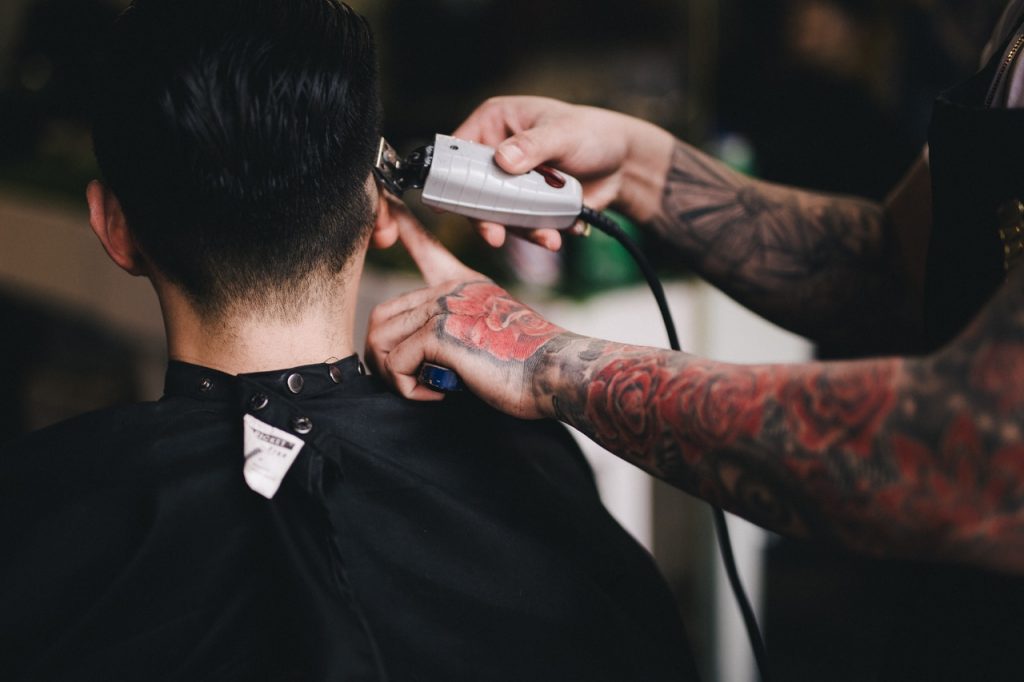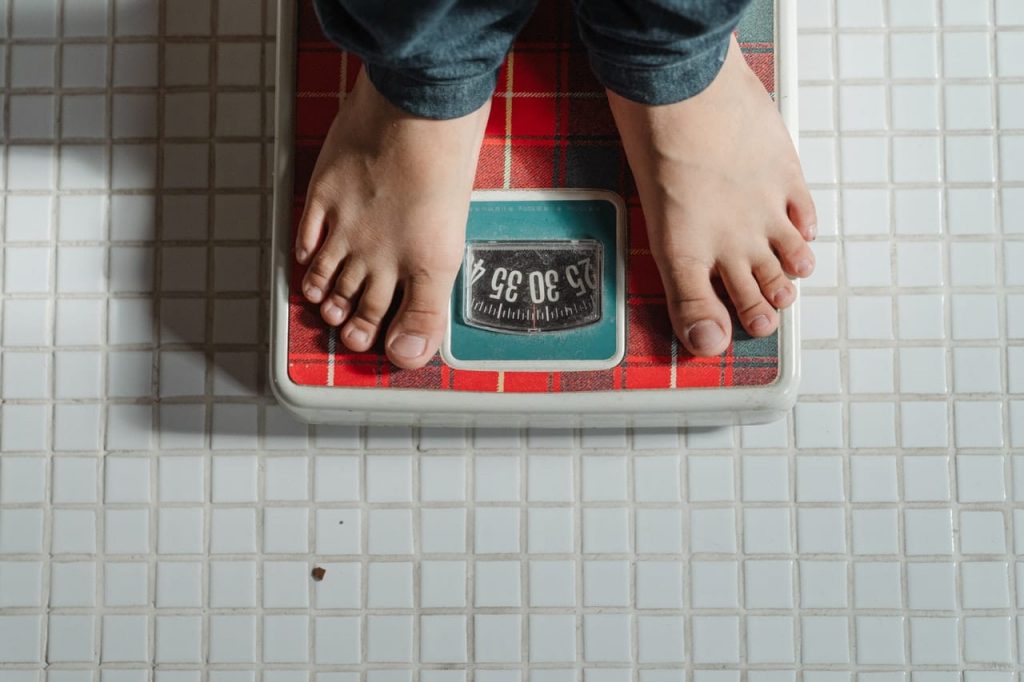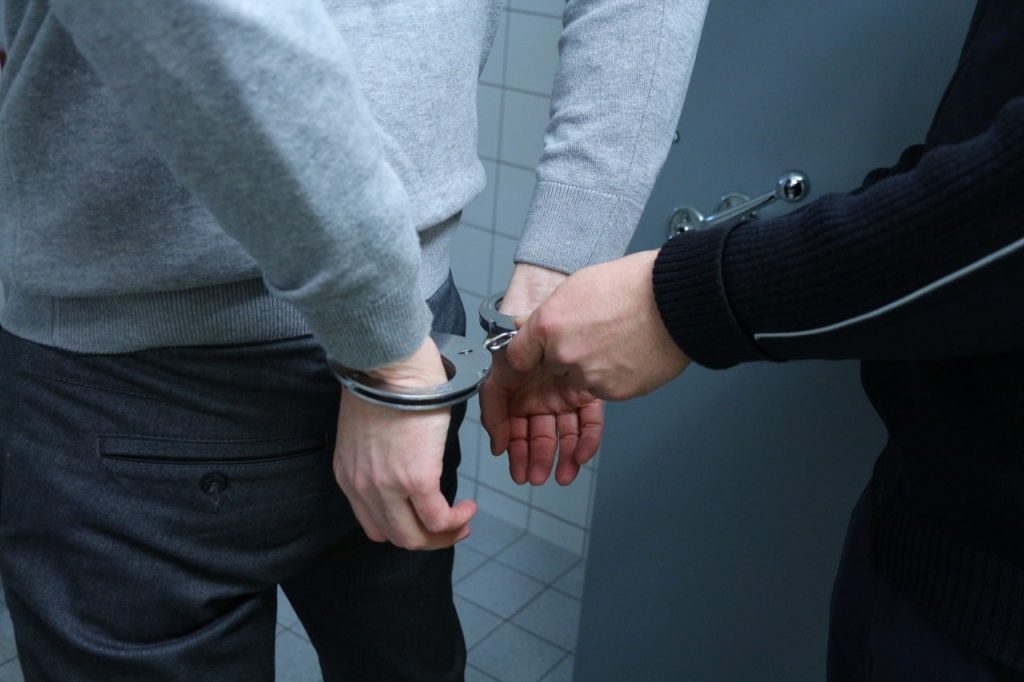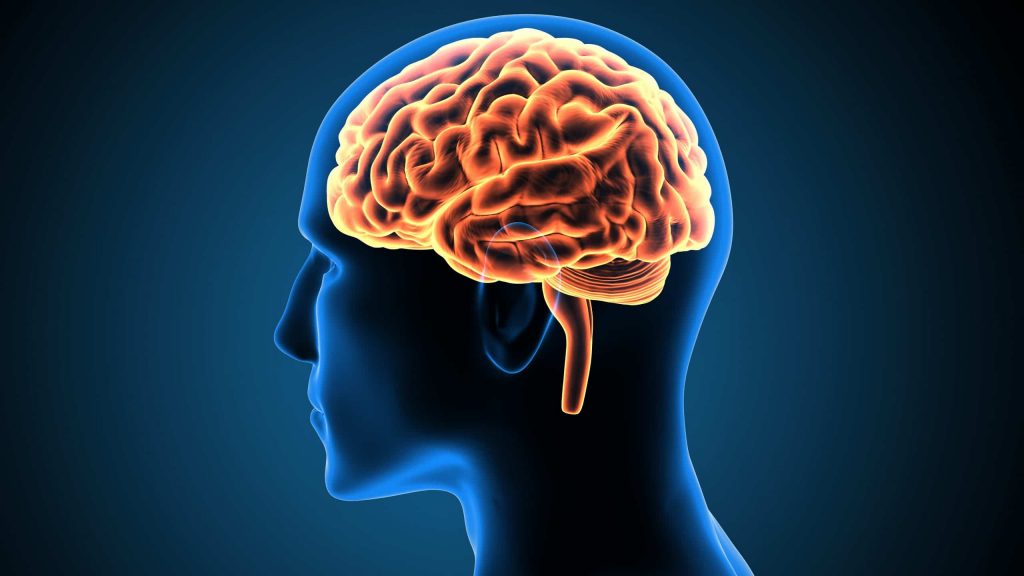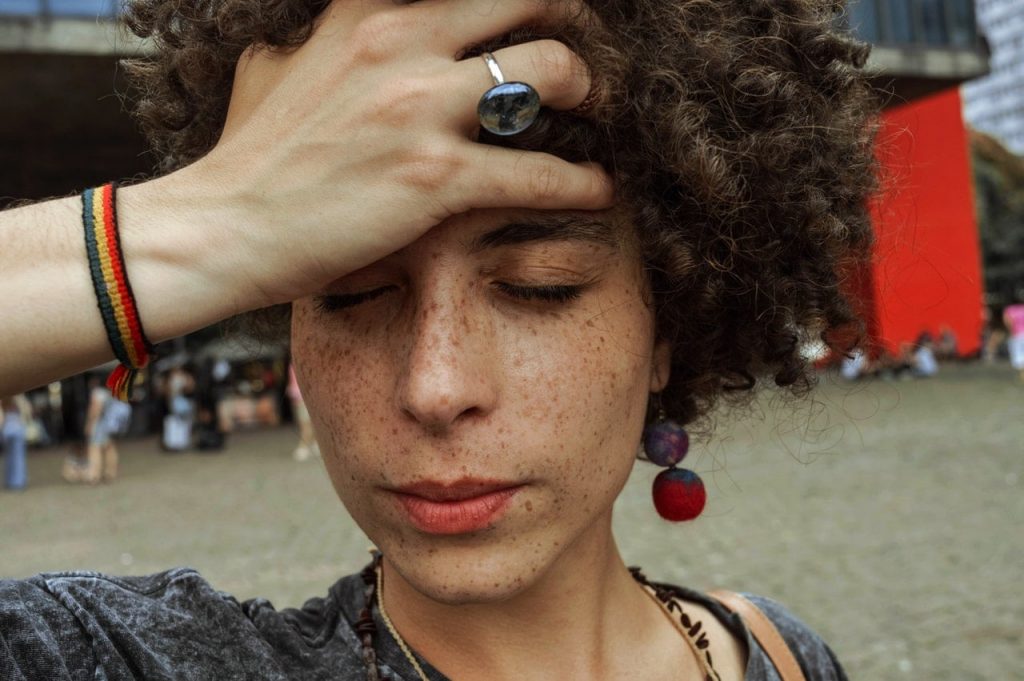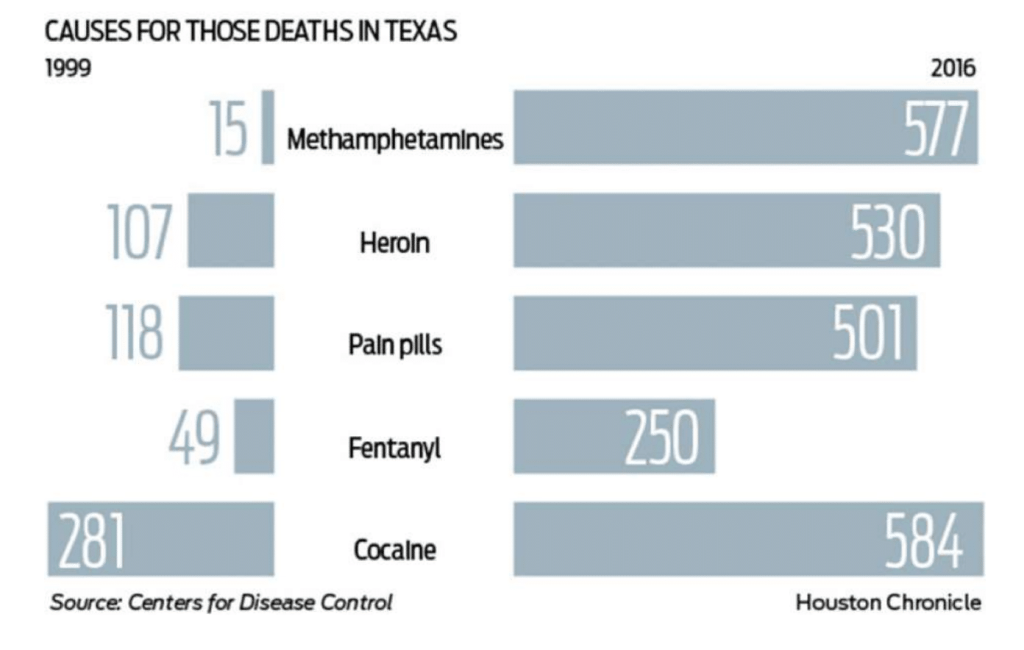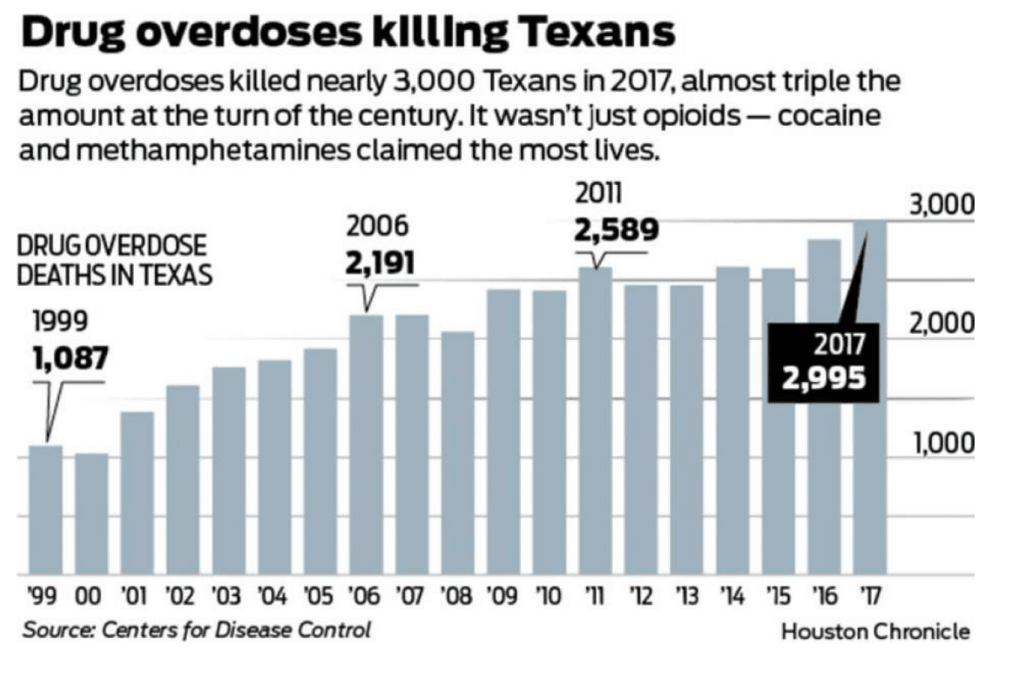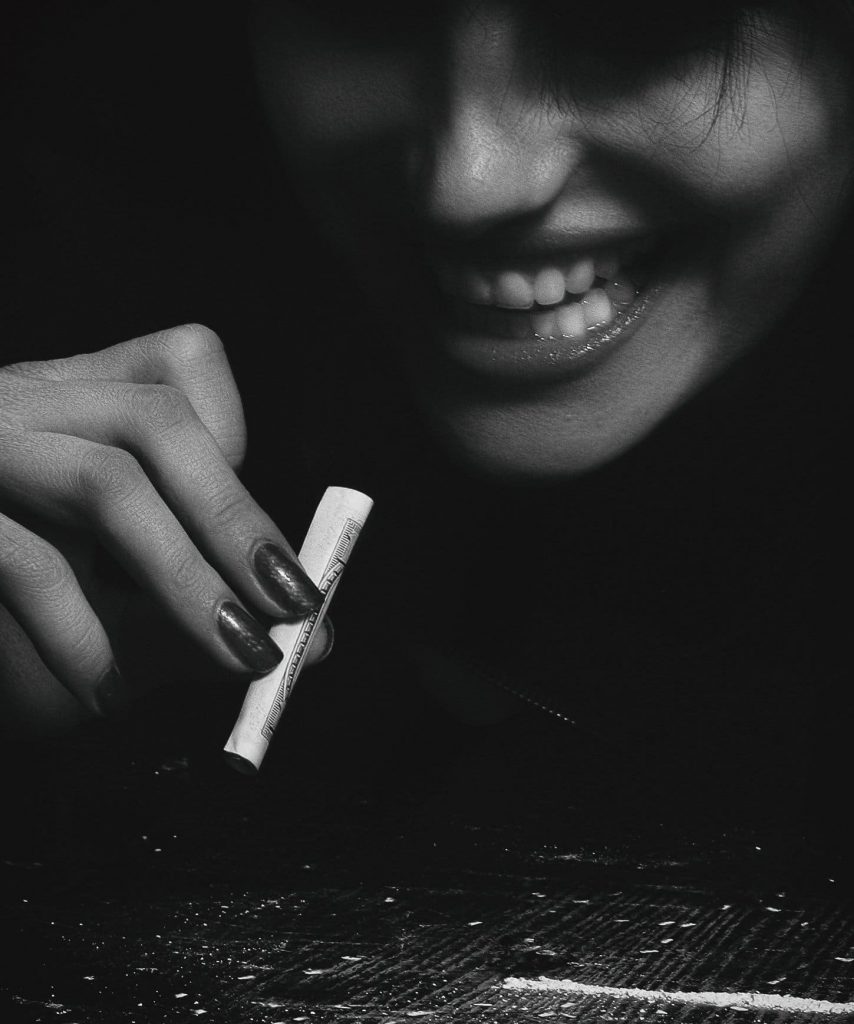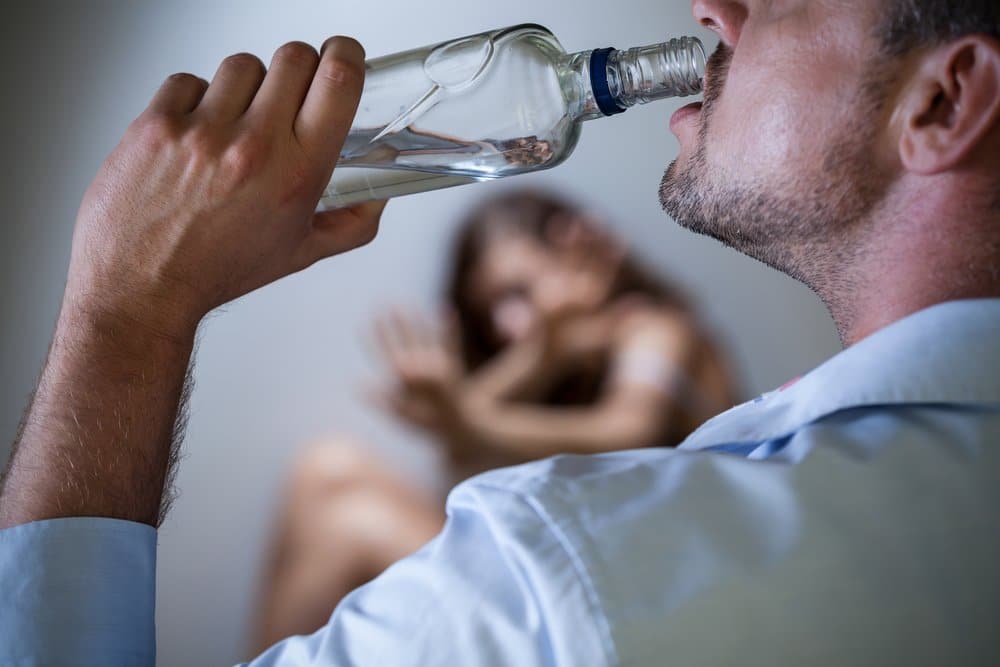Common Ways Addicts Store or Hide Their Drugs
Anyone who has ever known or loved an addict knows just how far they would go to continue getting high and they would also never question their ingenuity when it comes to trying to conceal or hide their drugs from others. If there is one thing in common between all people who suffer from the disease of addiction, it would certainly have to be the fact that they all lie, at least in one way or another. Many will tell you until they are blue in the face that they haven’t been using drugs or alcohol, even though they are under the influence at the same time they are telling you that.
For any parent of an addict, it can be extremely difficult to trust or believe your child when they tell you that they are no longer getting high, especially if they haven't changed any of their behaviors or actions. Perhaps you have found drugs and paraphernalia in your child’s bedroom before and insisted that they throw it out, never to be brought back in the house again.
Even though they may have the best of intentions, sometimes quitting drugs and alcohol just isn’t that easy. If you are the parent of a teen, or young adult, and have concerns that they are still abusing drugs or alcohol, then keep reading.
Here are some of the most common ways that addicts hide their drugs.

Writing Utensils
A popular way that teens hide drugs is inside of writing utensils. While that highlighter sitting on their desk or hiding in their pencil pouch may seem harmless enough, it may be used to store pills, marijuana, or even powdered substances. Simply pop off the back and the highlighter instantaneously turns into a pipe for marijuana. There are many videos on the internet teaching teens or young adults how to do just that.
Prop Soda Bottles, Cans, or Candy Containers
A quick search on the internet will turn up tons of fake items used to conceal or hide drugs. Things like unopened soda bottles, soda cans, or candy boxes can actually be stash spots for drugs. If you see the same soda bottle all the time or the same candy wrapper, try opening it up to see what's really inside. If it is a fake item, it will usually have a place to twist open, revealing a hidden compartment.

Belt Buckles
Who knew that belt buckles were not just for fashion anymore? Well, apparently, they are often used as a way to conceal drugs. Somehow, people have found a way to change these buckles into a secret compartment to hide their drugs. If you suspect that your child is using their belt buckle to conceal drugs, try flipping it over to see if the back slides off.
Hygiene and Makeup Supplies
That makeup bag on the floor in the bedroom, or on the counter in the bathroom, may be serving a more illicit purpose than you might originally think. A lot of make-up supplies come in a tube that can be hollowed out for drug storage. Things like lipstick, lip balm, deodorant, mascara, or hair products can be great hiding spots for people trying to conceal their drugs.
Posters, Wall Hangings, Picture Frames
Don’t let that seemingly innocent boy band poster fool you, teens or young adults have been known to flatten their drugs and hang them behind posters or other wall hangings. Picture frames also make a great spot to hide their drugs, as they can open up the back and stash them inside. Look for tape that is constantly peeling or a corner that looks like it's been folded back and forth if you suspect your child of hiding drugs.
Socks and Shoes
Socks and shoes are also extremely common, but not in the way you might think. While some have been known to stash drugs just inside the sock or the shoe, many also have hidden pockets that can be used to conceal drugs as well. Try looking inside the shoe to determine if there are any other areas that might be used to hide drugs. Socks can also have hidden pockets, so be sure to check those too.
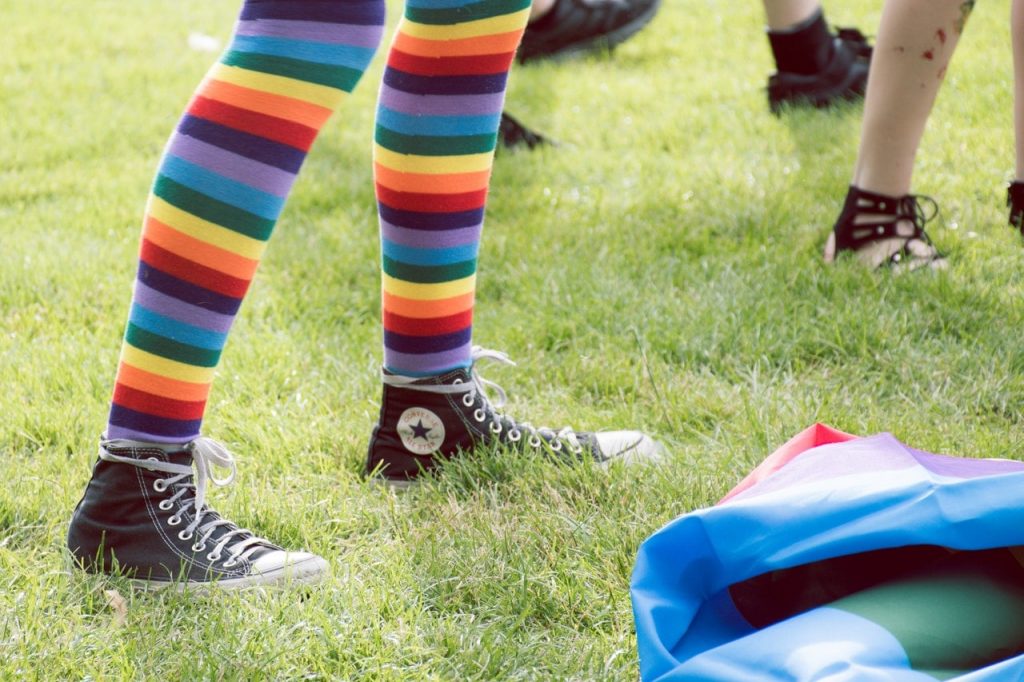
Vehicles
While not necessarily in the home, vehicles are another common way that people hide their drugs. You may be prone to searching their room, but how often are you checking their car? If you suspect your child of using drugs, it may be wise to thoroughly inspect their vehicle. Check places like behind the dashboard, under the seats, or even under the hood.
Vents and Toilets
Air vents are easy to remove and put back on, making it an ideal spot to put something that isn't meant to be discovered. Another popular place to hide drugs is underneath the toilet tank lid. Both are easy, quick, and inconspicuous options when it comes to concealing drugs. Many would not think to check in the air vent or under the toilet tank lid, which is why these are popular options. A quick look in both of these places may ease your mind if you suspect your child of hiding drugs.
Inhalers
When an item is necessary for one’s health, it tends to fall under even less suspicion. But, nevertheless, inhalers have become a popular place to hide drugs. Once the inhaler has been taken apart, it becomes a clever place to stash drugs. This is a great place to check if you are concerned about your child, especially if the inhaler doesn't belong to them.
Game Consoles or Electronics
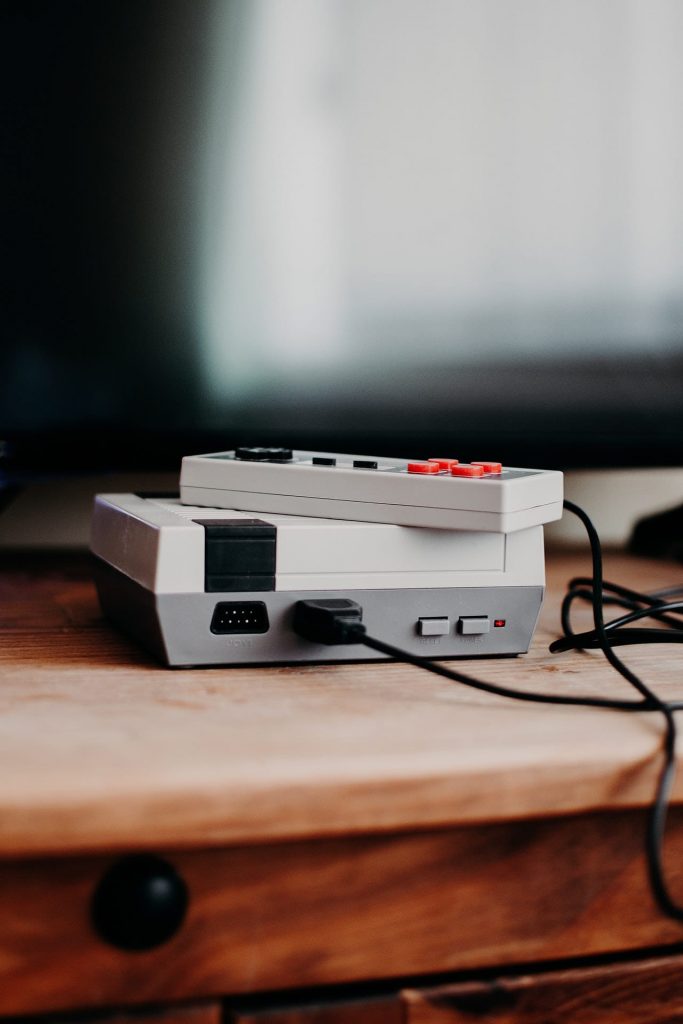
For those who are even slightly inclined, storing drugs in game consoles or electronic devices can prove to be very easy. Loosen up a few screws here and a few screws there, then voila, a perfect hiding place for drugs. Look for signs that the electronic has been tampered with or taken apart and put back together.
These are just a few of the most common places that people may use to hide their drugs when they don’t want them to be found. If you suspect your loved one may have developed problem with drugs or alcohol, we are here to help! Our trained addiction specialists at More Than Rehab can help answer any questions you might have. We know how to treat and manage substance abuse disorders, and would love the chance to offer help for your family.


